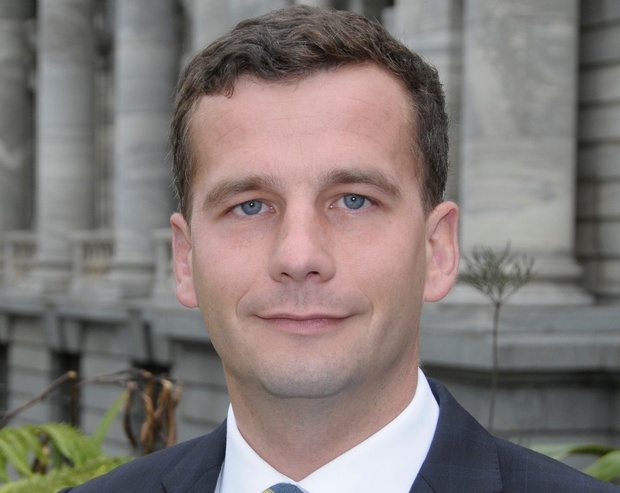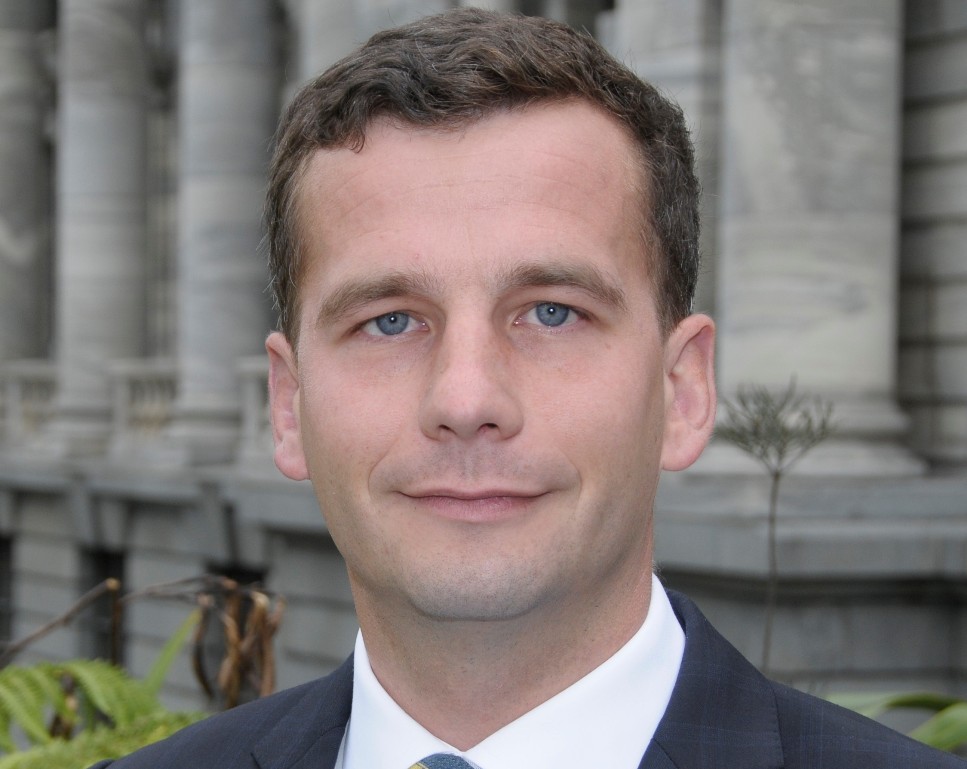From week 2, the Government will begin publishing attendance data on a weekly basis as well as rolling out a communications campaign to improve awareness of the importance of school attendance.
Truancy is an ongoing issue in New Zealand, in Term 4 of 2023 just 53.6 per cent of students met the criteria for regular attendance at schools and kura.
“If the truancy crisis isn’t addressed there will be an 80-year long shadow of people who missed out on education when they were young, are less able to work, less able to participate in society, more likely to be on benefits. That's how serious this is,” Associate Education Minister David Seymour said in a statement.
“This Government is making reporting and enforcement action to reduce non-attendance and truancy a high priority.
“This is part of the Government’s target of ensuring 80 per cent of students are present for more than 90 per cent of the term by 2030,” he added.
Pat Newman is principal of Hora Hora Primary School in the Northland Region and president of Tai Tokerau Principals Association.
He’s been addressing truancy in his own school, and as part of a coordinated regional effort through the Let’s Get To School campaign launched in 2022, and he says he’s “pissed off” with the Government’s latest announcement.
“Look, it is frustrating and annoying, [Minister Seymour] is rubbishing everything we have done to increase [attendance].
“What he’s come up with in this great plan, we’re already doing it, all of it,” Newman says.
Well, except publicising the figures, he admits.
“But the Ministry gets our figures every week anyway, and what the hell is publicising going to do?
“Because the parents that we’re worried about don’t read the newspapers, don’t listen to our radio stations and certainly don’t look at school websites.
EducationHQ spoke to Newman last year about the Let’s Get To School campaign, a collaboration between the Ministry, schools and local communities.
Now, just three terms later, Newman says attendance data at his school is “looking bloody good”.
“We're running at 90 per cent attendance at the moment – 83.3 per cent is attendance and 6.7 per cent is justified absences, which is incredible.
“And most of the schools up here are now hitting around about that,” he says.
Newman’s campaign has been a positive one, focussing on student voice and offering a helping hand to parents who may be struggling to get their children to school, for a variety of reasons.
But, he fears the Government’s communication campaign will take a far more negative tone.
He says if the ads focus on punitive measures such as fines for parents whose children skip class, they will be useless.
The Government will also be updating public health guidance this term to help schools and parents decide if a student is well enough to attend school, another element of the action plan which angers Newman.
“We have a lot of kids up here that actually are ill, because our kids are living in substandard housing,” he says.
“They’re not getting to the doctors, they’re not getting all the things that kids in other areas get, and then [Seymour] expects to send them to bloody school with all the illness and things around them.
“I don’t think this guy has any children, because if he had children he’d have a hell of a lot more understanding of the problems,” Newman says.
Seymour’s hard line on attendance involves a number of other proposals he plans to bring before cabinet in future.
These include a move from weekly, to daily reporting of attendance by Term 1, 2025, and developing a traffic light system to set out the requirements and expectations for parents, schools, and the Ministry at different stages of a student’s attendance, with clear obligations for when a student is not attending.
He also wants to make attendance a priority for school boards, and use improved data and analysis to distinguish the drivers of non-attendance and target interventions, particularly for chronic non-attenders or students that are now not enrolled.
“Almost every aspect of someone’s adult life will be defined by the education they receive as a child. If we want better social outcomes, we can’t keep ignoring the truancy crisis,” Seymour says.
“An education crisis today will turn into a crime crisis, a vulnerable children crisis, an economic crisis and an inequality crisis tomorrow.
“We’re addressing this by creating a culture where children know if they want to get anywhere in life, they need to get to school first.”
But Newman says the biggest disruption to student learning won’t be solved any of the Minister’s new attendance measures.
“The major reason for disruptions to our learning isn’t us, it’s them,” he says.
“It's Seymour and previous ministers for the last 40 years at least.
“Every two to three years I get told, stop what you’re doing, ‘I know a better way of doing it, do it this way’.
“And then along comes another minister before you’ve even got it bedded down, saying ‘stop what you’re doing, I’ve got a better way, do it this way’.
“That’s the reason our kids are losing out on learning. And I’ve had a gutful of it to be honest.”














